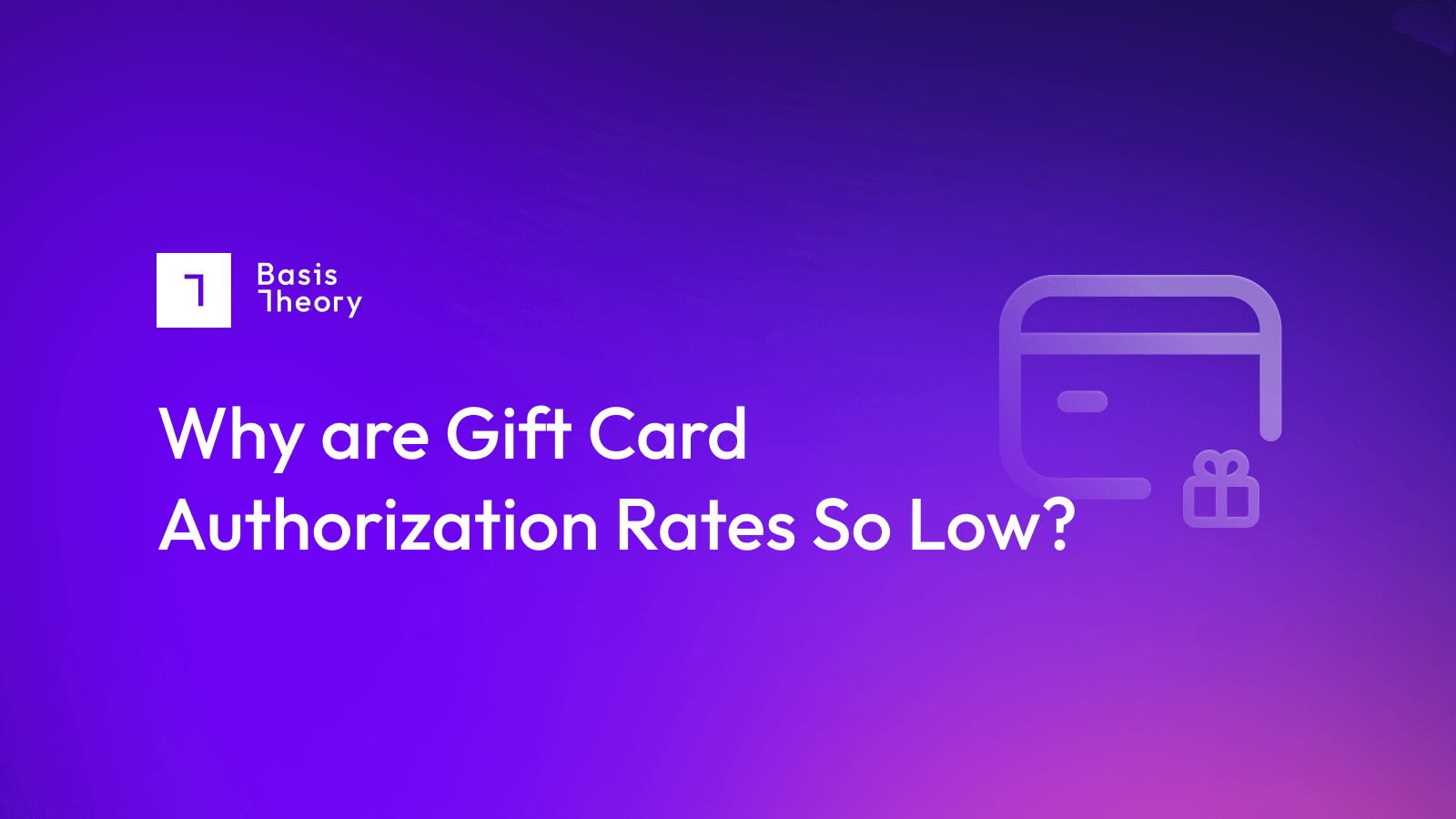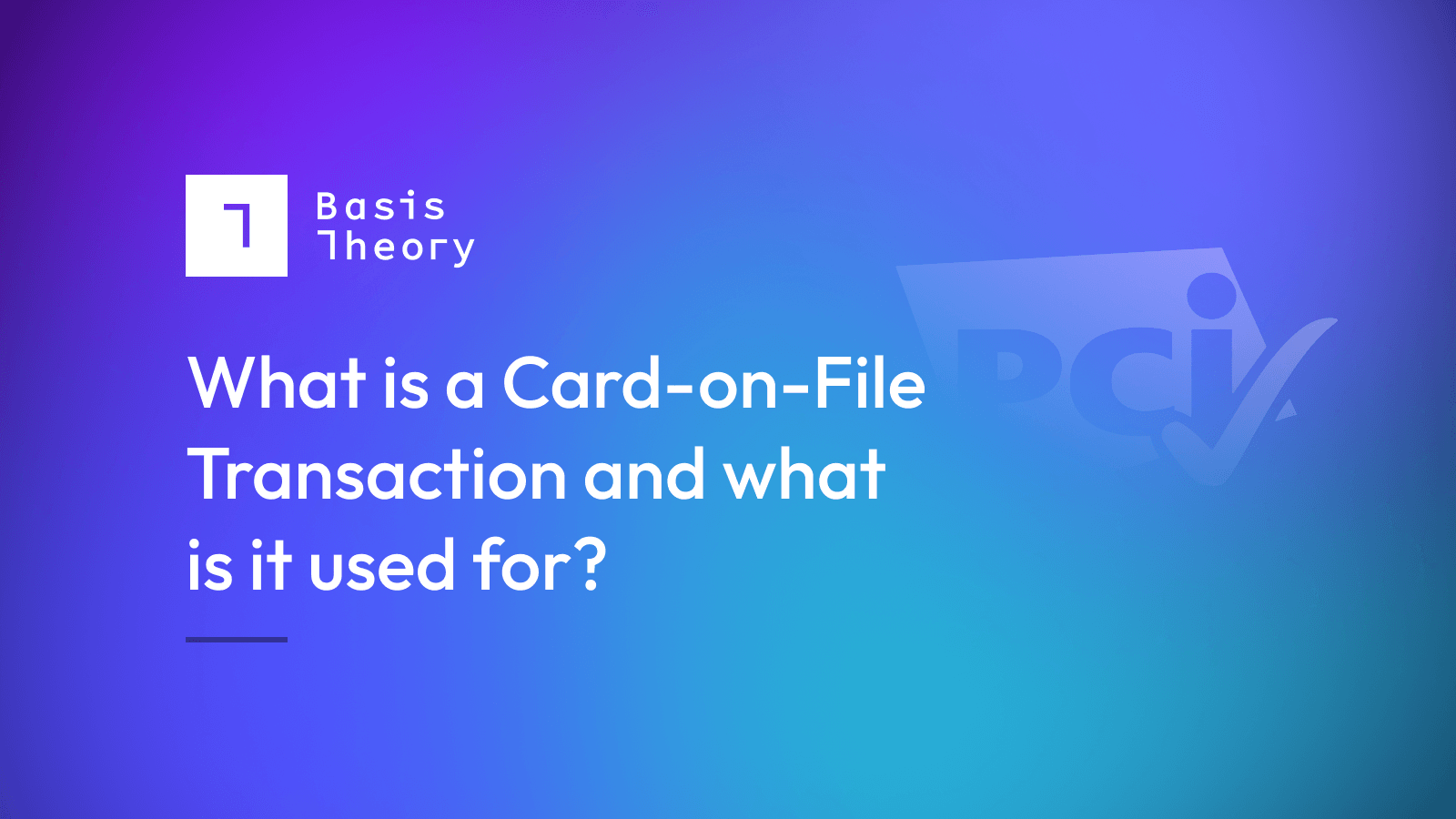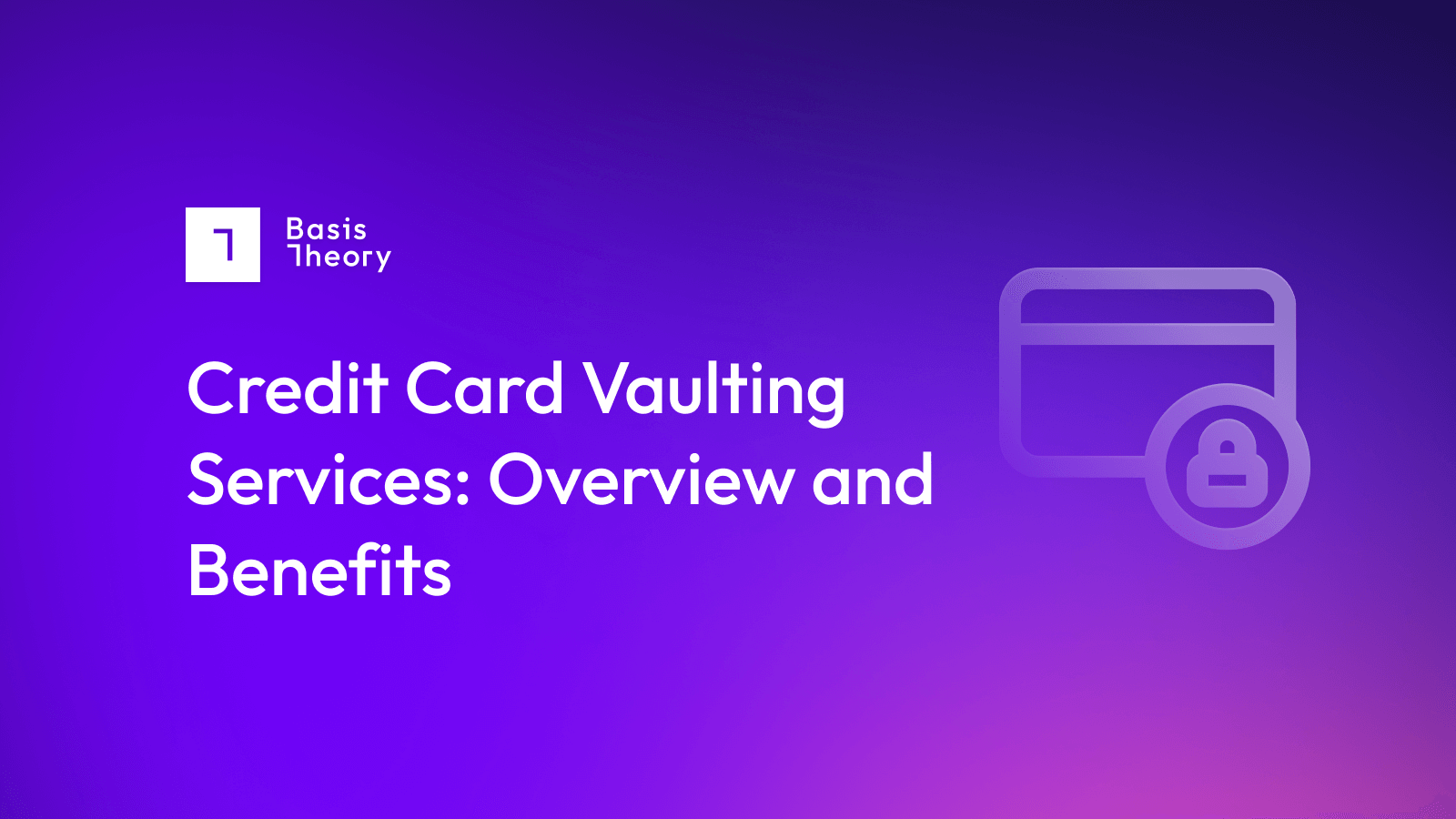Why are Gift Card Authorization Rates So Low?

Gift card authorization rates are estimated to be 5-10% lower than standard credit card authorization rates. While this can be frustrating for merchants and customers alike, there are several reasons why this is the case.
Why Are Gift Card Authorization Rates So Different?
Gift cards bearing the imprint of the major card networks seem like they should be authorized at the same rate as other cards, yet they don’t. This is because they have fixed funds availability, and are often tripped up by higher authorization requests, such as minimums for gasoline or a hotel stay. The inflexibility of available funds means that merchants should be extremely careful to communicate directly to the customer what amount is about to be requested.
What are Gift Cards?
Most people have some familiarity with gift cards but may not fully understand how they actually work. There are essentially two kinds of gift cards in circulation today:
- Store cards: managed and promoted largely by an individual merchant, these are ‘closed loop’ schemes that allow customers to pre-purchase value and assign it to a card that can be given to someone else. Anyone who has ever received a gift card for a specific restaurant, golf course, or store will recognize these. They do not bear the brand logo or imprint of any larger card network (e.g., Visa, Mastercard, etc.) because those networks are not involved in any way.
- Branded cards: although these may bear the logo or name of a merchant, they also show the logo of one of the larger card networks. As such they can, generally speaking, be used wherever that brand of credit card is accepted. Airlines promote branded cards, for instance, where they offer additional frequent flier benefits for using the card.
Which Gift Card Types Merchants Prefer
Store cards give the merchant 100% control over their program, and may even offer an opportunity to introduce new business models, whether it be collecting and selling customer activity data, or providing credit. They also deliver what is effectively interest-free credit: a card purchased today with real money, may not be used for days, weeks, or even months - and if it is not used within five years, it can be deactivated in many states. On the other hand, the merchant must actively and carefully manage the program, not only to protect against fraud - a slew of fake cards could cost the merchant big - but also to manage the liability of unredeemed cards outstanding. The merchant stands to make all the profits, but takes on all the risk and administration.
By contrast, branded cards are largely managed outside the merchant’s business, with the card networks managing the connection straight to customer accounts, and other service providers like card issuing platforms delivering cards to customers and managing the settlement of transactions. While the merchant is beholden to its partners, it can participate in different business models, including sign-up bonuses from the card networks, data collection, and profit sharing from interest payments. The merchant also benefits from the marketing muscle of the card network, and the opportunity to participate in the fees and payments paid by the customer even when they shop elsewhere (although most merchants will offer additional perks to use the card within their own business).
|
Gift Card Type |
Merchant Benefits |
Merchant Drawbacks |
|---|---|---|
|
Store Cards |
|
|
|
Branded Cards |
|
|
Merchants choose their card program based on their business needs and ability to invest; partnered branded cards are a very popular new offering today.
What Makes Gift Cards Challenging to Authorize
While store cards are easy for businesses to authorize (as they run the whole program in-house), branded gift cards tend to have a lower authorization success level than normal debit and credit cards. There are a number of reasons for this, including
- Fixed funds availability: almost by its very nature, a gift card has a hard maximum on what it can buy - the initial purchaser of the card loaded it with a defined gift amount. It is not unusual for a consumer to either miscalculate the cost of a desired purchase by neglecting to take into account, for instance, taxes or shipping, resulting in a failed authorization because the request exceeds the available funds.
- Low balance visibility: for gift cards that come with enough value loaded for them to be used more than once, the inability of the cardholder to easily evaluate how much purchasing power they have left available leads to attempts to make purchases for which their balance is too low.
- Pre-authorization charges: in certain situations a card swipe happens before the value of the transaction has been fully assessed. When pumping gas, for instance, the system may seek to pre-authorize a minimum amount of $50 to $100; when checking into a hotel, the system may attempt to pre-authorize the cost of the first night plus a fixed amount in anticipation of room charges. In these situations, even though there may actually be sufficient funds available for what the customer intends to buy, the pre-authorization amount can easily lead to a decline.
- Tip tolerance: on occasion gift cards can be declined at establishments that charge tips (think: bars, restaurants, etc.) because their point-of-sale systems require them to pre-authorize an amount up to 20% higher than the bill, in order to ensure there is room for a tip.
How to Protect Against Low Gift Card Authorization Rates
For merchants accepting other companies’ branded gift cards, the low authorization rates can lead to frustration and a string of failed transactions. Key ways to lower this risk include:
- Always be clear on the total cost of the customer’s purchase, so that they can be sure they have sufficient funds
- In the event of a soft decline for insufficient funds, make sure inform the customer why the payment failed so they know it’s not a problem with your system - this may reduce the friction from having to enter a different payment method
- Consider manual reviews of soft declines for insufficient funds that do not ultimately close; where the only problem was a low-funds gift card, reaching out directly to would-be customers with an offer may allow you to recapture a share of the deals
.png?width=365&height=122&name=BTLogo%20(1).png)



